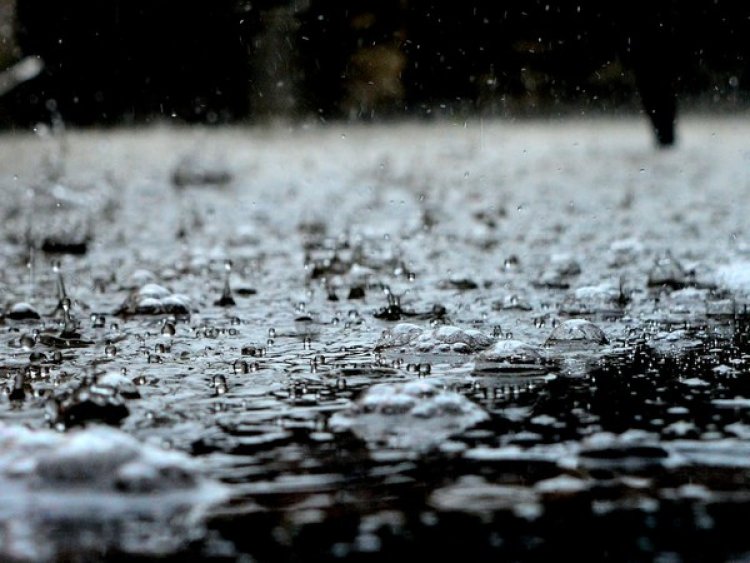Study finds how to evaluate quality of global water models

California, US: Researchers from IIASA contributed to a new multinational study that examined how well global water models agree with one another and with observational data.
The researchers can show where the models agree and where they disagree using a new evaluation method.
Global water models are essential tools for understanding the water cycle, including to help understand the impacts of climate change.
Many of these impacts are felt in society as a result of changes in water extremes such as increased droughts and floods, which represent significant hazards to people and ecosystems.
However, there are changes in general water availability, such as soil moisture, which is vital for agriculture, or groundwater recharge, which is crucial for the sustainable use of groundwater.
However, differences between the results of several global water models make such model-based conclusions dubious.
These discrepancies have not yet been thoroughly quantified, and past evaluation methodologies have provided limited information on how the models could be improved.
The new study, published in Nature Water, is the first to explore large-scale correlations between climatic and hydrological variables to uncover disparities within models and in contrast to observational data.
"In observational data, for example, we see a strong correlation between precipitation and groundwater recharge over the African continent. Not all models represent this relationship accurately and we need to understand how realistic the different model results are," explained study lead author Sebastian Gnann, who worked on the study while associated with the University of Potsdam.
Peter Burek and Yoshihide Wada, both associated with the Water Security Research Group in the IIASA Biodiversity and Natural Resources Programme, contributed to the water cycle representation of global models in the study using the IIASA Community Water Model (CWatM) - an open-source model developed for the assessment of water supply and human and environmental water demands at both global and regional levels.
"The Inter-Sectoral Impact Model Intercomparison Project (ISIMIP) is not only a great way to compare and frame the uncertainties associated with global water models but also to bring all our models a step further by looking at the functional relationships," noted Burek.















































